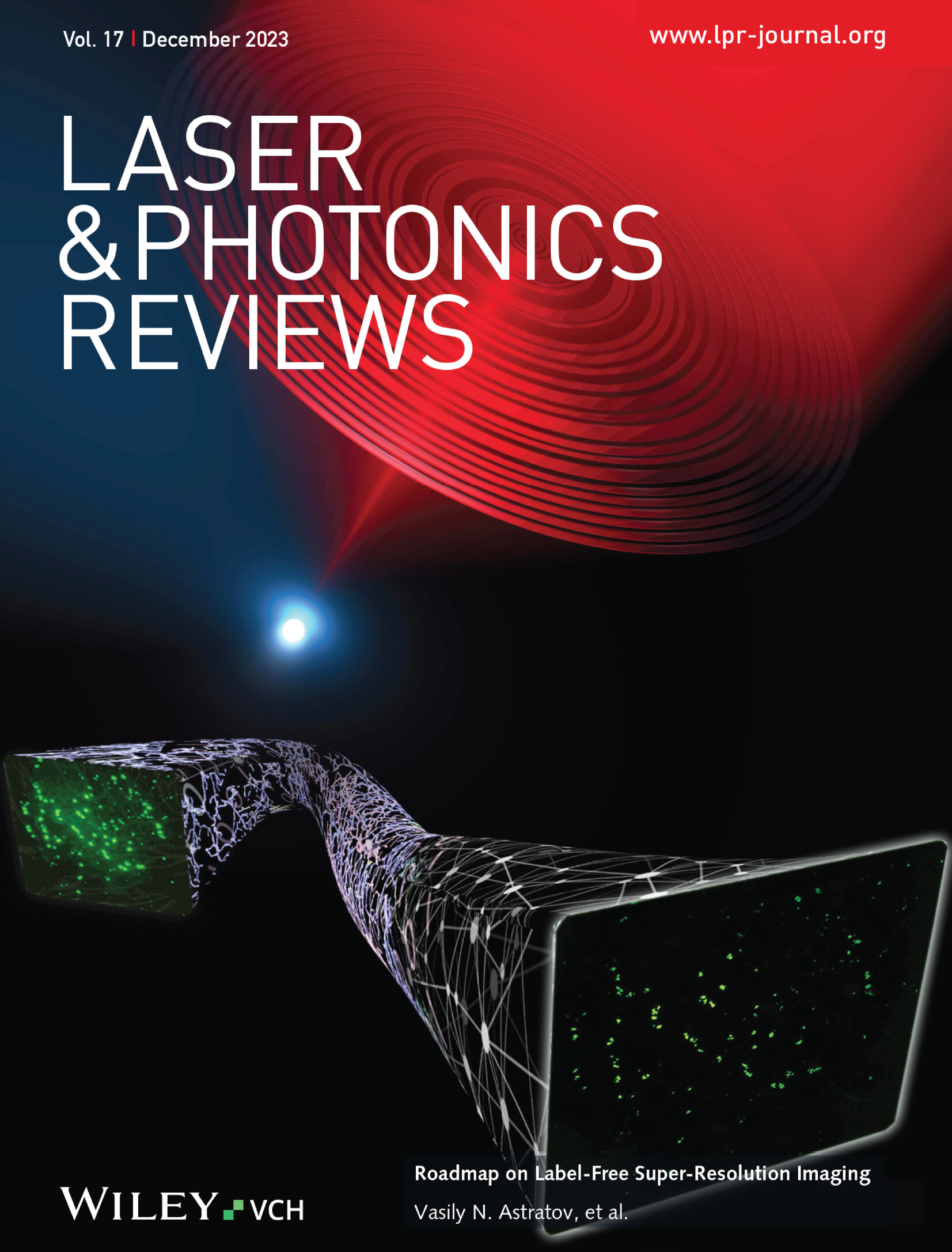100 W, 1 mJ Picosecond Vortex Thin‐Disk Regenerative Amplifier
IF 9.8
1区 物理与天体物理
Q1 OPTICS
引用次数: 0
Abstract
High‐power and high‐energy ultrafast vortex lasers offer great potential for advancing fields such as high‐precision machining, particle manipulation, and strong‐field physics. In this study, a straightforward and efficient approach is presented to generate powerful optical vortices directly from a thin‐disk regenerative amplifier without the need for specially designed elements for optical amplitude and phase modulations. The amplifier generates 15.8‐ps vortex pulses with an average power of 100 W and a pulse energy of 1 mJ at a repetition rate of 100 kHz, representing the highest average power of ultrafast vortex pulses ever obtained directly from an intracavity laser system to date. The demonstrated source combines, for the first time at vortex mode, a high power, a high repetition rate, and pulse energy. In addition, flexible control of the Laguerre–Gaussian, Hermite–Gaussian, and Gaussian modes is achieved within the same resonator by precisely controlling the position of the depletion area within the pump region. This work demonstrates a scalable, robust method for generating high‐power, high‐energy ultrafast vortex pulses at high repetition rate, expanding the potential applications of vortex laser technologies in both science and industry.100w, 1mj皮秒涡旋薄盘再生放大器
高功率和高能超快涡旋激光器为高精度加工、粒子操纵和强场物理等领域的发展提供了巨大的潜力。在这项研究中,提出了一种简单有效的方法,可以直接从薄盘再生放大器产生强大的光涡流,而无需专门设计用于光振幅和相位调制的元件。该放大器以100 kHz的重复频率产生15.8 ps的涡旋脉冲,平均功率为100 W,脉冲能量为1 mJ,是迄今为止直接从腔内激光系统获得的最高平均功率的超快涡旋脉冲。演示的光源首次在涡旋模式下结合了高功率、高重复率和脉冲能量。此外,通过精确控制泵浦区域内耗尽区的位置,在同一谐振腔内实现了对拉盖尔-高斯、厄米-高斯和高斯模式的灵活控制。这项工作展示了一种可扩展的、稳健的方法,用于产生高重复率的高功率、高能超快涡旋脉冲,扩大了涡旋激光技术在科学和工业中的潜在应用。
本文章由计算机程序翻译,如有差异,请以英文原文为准。
求助全文
约1分钟内获得全文
求助全文
来源期刊
CiteScore
14.20
自引率
5.50%
发文量
314
审稿时长
2 months
期刊介绍:
Laser & Photonics Reviews is a reputable journal that publishes high-quality Reviews, original Research Articles, and Perspectives in the field of photonics and optics. It covers both theoretical and experimental aspects, including recent groundbreaking research, specific advancements, and innovative applications.
As evidence of its impact and recognition, Laser & Photonics Reviews boasts a remarkable 2022 Impact Factor of 11.0, according to the Journal Citation Reports from Clarivate Analytics (2023). Moreover, it holds impressive rankings in the InCites Journal Citation Reports: in 2021, it was ranked 6th out of 101 in the field of Optics, 15th out of 161 in Applied Physics, and 12th out of 69 in Condensed Matter Physics.
The journal uses the ISSN numbers 1863-8880 for print and 1863-8899 for online publications.

 求助内容:
求助内容: 应助结果提醒方式:
应助结果提醒方式:


